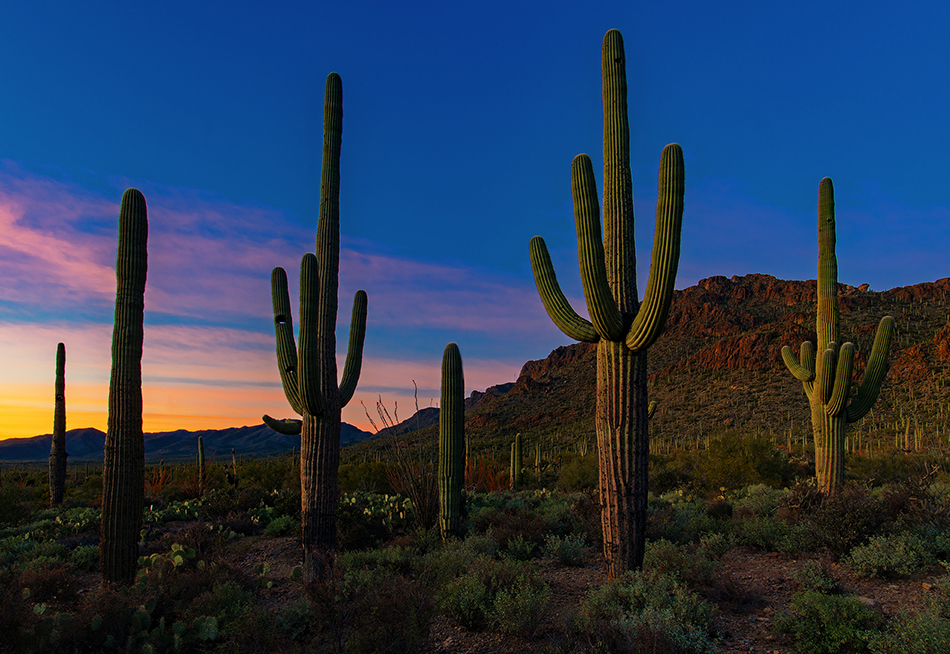
I was up in Rocky MNT NP yesterday, and the aspens were starting to turn yellow. Fall is one of my favorite times of the year, and I love photographing autumn landscapes. Crisp, cool temperatures, bugling elk and crystal clear starry nights define this season in Colorado. As photographers we use both technical skills and graphic design to reach our creative vision. If you want to know more about this topic, take a look at this article I wrote for Nikon on creativity. One important part of landscape photography, and really all photography, is knowing your base ISO.
Most photographers know using the lowest ISO will give you the best results. The higher your ISO, the more noise introduced. And you also lose color, contrast, dynamic range and sharpness. Do you know your camera’s base ISO? Many cameras have a base ISO of 100. Curiously, many Nikon cameras have a base ISO of 64. Is this an advantage? Yes, because the camera is using less amplification gain than ISO 100, so you have better dynamic range at ISO 64. This also means you get more ability to open up shadows with cleaner results. And 2/3s of a stop darker than ISO 100 helps when you need a slower shutter speed…like photographing water and you want to create silky waterfalls.
But the real point here is use your base ISO for your landscapes this fall. If you have moving subject matter, you might need to bump up your ISO for a faster shutter speed. But more often than not all you need is a solid tripod to stabilize your camera using base ISO and slow shutter speeds. You will get the best performance from your camera sensor, and have the cleanest image in post production to increase dynamic range.
What about extended ISOs? You know, those special low and high settings that don’t have an actual number. For Nikon users they might say ‘L1’ or ‘H.7’. These extended ISOs allow you to use really slow, or fast, shutter speeds since they extend the range, but they come at a price. Using these settings requires in-camera processing, not attaining the value on the actual sensor. The results typically are not going to look as good as using a ‘native’ ISO setting. Do a test with your camera using extended ISOs, and examine the results. I avoid these settings as much as possible, and use filters when ISO doesn’t allow me to use as slow of shutter speed as I would like.
Keep your technical skills sharp. Then, just enjoy the moment and explore your creativity in the field.